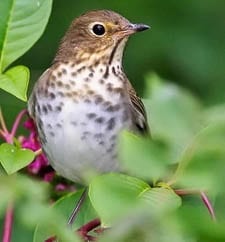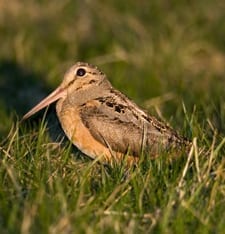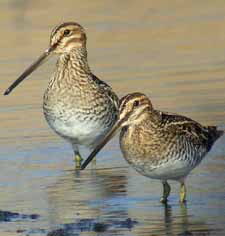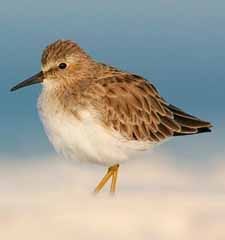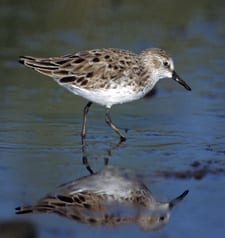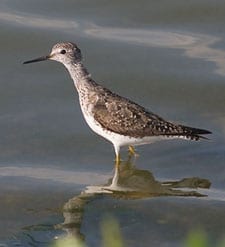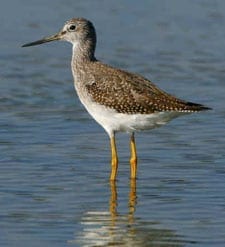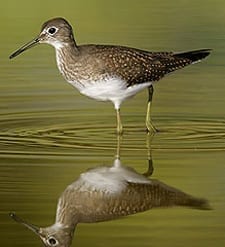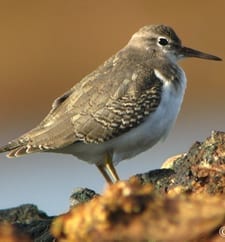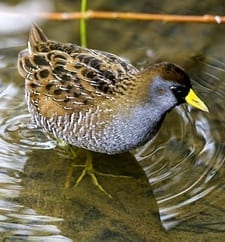Swainson’s Thrush
More likely to be heard than seen, Swainson’s Thrushes enliven summer mornings and evenings with their upward-spiraling, flutelike songs. During fall and spring migration, their soft, bell-like overhead “peeps” may be mistaken for the calls of frogs. These largely arboreal foragers pluck berries, glean bugs from leaves, or perch on branches and stumps. They also [...]

